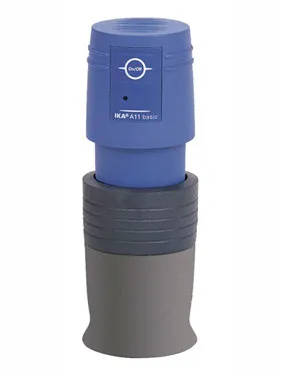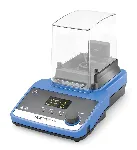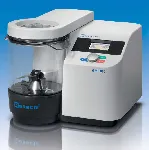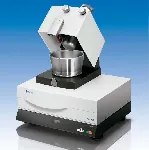MILLS AND BLENDERS
In the laboratory, most of the materials required for sampling are, in practice, heterogeneous mixtures. The best means of obtaining a small representative sample of the agglomerated, nonuniform product is to take a sufficiently large quantity of the material in order to have a representative composition and reduce it to a fine, homogeneous powder. This is where laboratory mills and blenders are used, depending on whether the sample is hard, soft, brittle or fibrous, dry or wet, etc. Typical applications include, but are not limited to, geology and mineralogy, ceramics, chemistry, biology, pharmaceuticals, materials technology and sample preparation for pesticide analysis.












